Visit a well
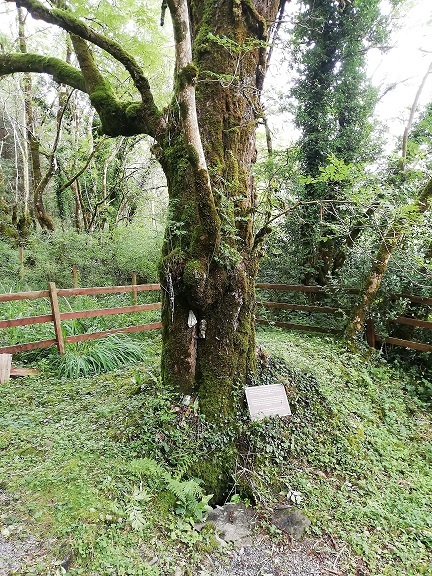 | 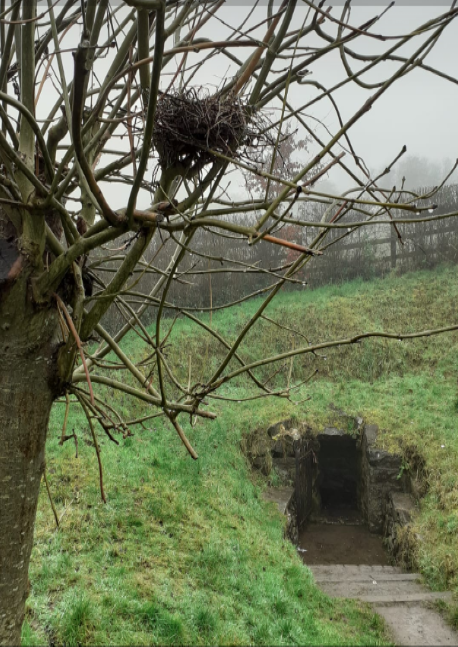 |
May is a month for visiting wells. Holy wells, sacred wells, are identified as being dedicated to a saint, have blessed people with their healing properties, or prayers offered have been answered.
Many are dedicated to Our Lady or St Mary and of course across the British Isles, there are a number of Lady Wells, places of pilgrimage in the past and still popular today. It may be a spiritual occasion but can also be fun although in 1660 things got too boisterous and the Synod of Tuam decreed :
Dancing, flute-playing, bands of music, riotous revels and other abuses in visiting wells and other holy places are forbidden…
Often cattle would be driven around the well to ensure their health for the summer season. Houses, cattle and crops may be sprinkled with water from the well as a protection. Some of us once used the water from the Holy Well on Tara to bless our cars in a modern twist on the old traditions.
The mud from around the well is very good also.
This is an excellent website if you want to know more about wells and traditions - In Search of Holy Wells and Healing Springs
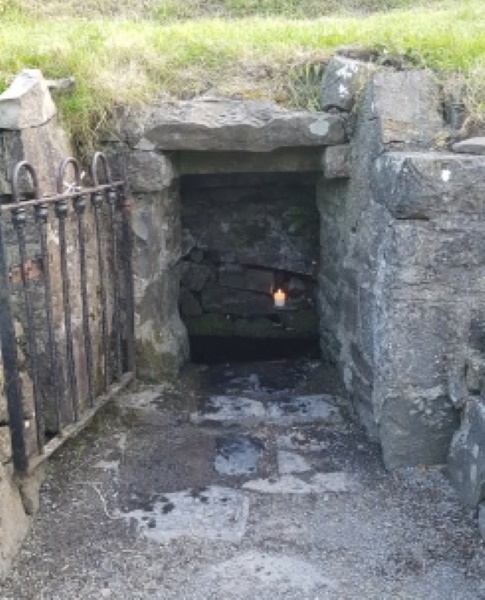 | 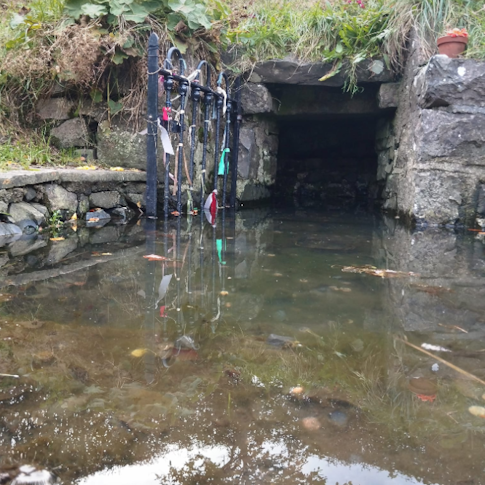 |
- Ensure you have authority from the owner or manager of the site.
- Research the site and it's traditions. Check if there are any official guidelines for visiting.
- Using your intuition, sit in a quiet place and intentionally ask yourself whether it is the right place and time to visit.
- Daybreak or sunrise are said to be the most propitious times to visit, but do whatever feels right for you.
- Check in with the 'spirit', 'deva', energy, of the well that it is suitable for you to visit.
- At the site take a moment to just 'be'. If there is a crowd try to step aside from the throng and enjoy the place.
- Be respectful of others that may be visiting and obviously have a different set of beliefs to your own.
- You may want to leave an offering - look around and check that others have done this. At some sites no 'gifts' are visible and it is obviously a tradition to be followed.
- Only take photographs including other people after you have asked their permission.
'8 Sundays at the Well' 2012 - Wesak to Mid-Summer Day
Wesak is the celebration of Buddha's birth & enlightenment and Mid-Summer the feast of St. John's Day, Holy Well, Hill of Tara - 8 weeks of mindfulness meditation finding peace & calm . 8pm for approx ½ hr
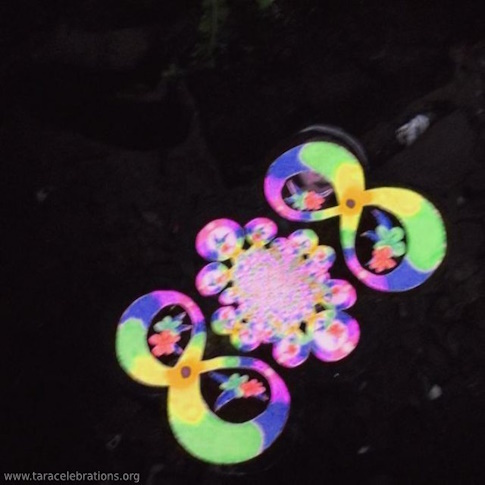 |
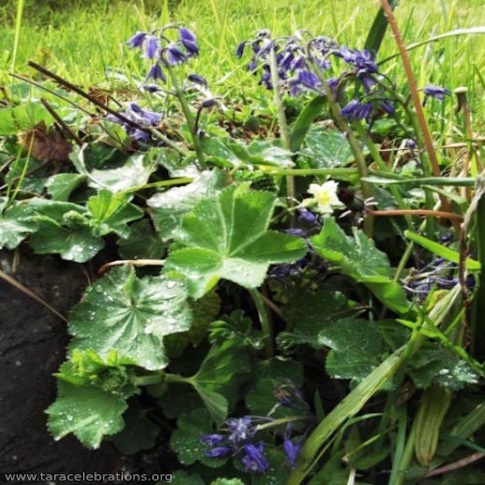 |
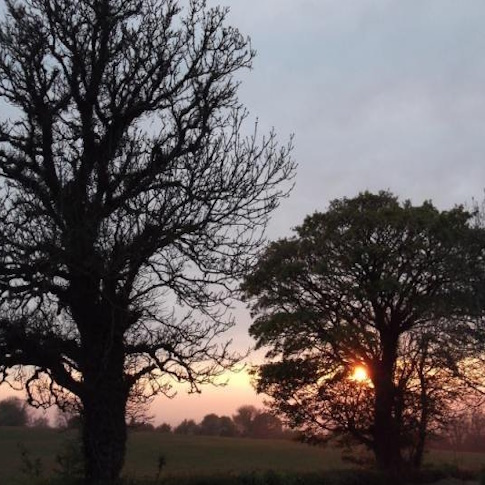 |
| 6th May - listening to lambs on the hill, birds dusk chat before going to sleep and swallows having their last feed, pheasant calling and crows settling in for the night. Perfect evening at the well. | 13th May - sounds of howling wind through the hedge and trees, showers, grey clouds, and yet within the turbulence we were in a still place of calm and peace. | 20th May - Memories of the evening include midges, the slow steady slide of a slug across the paving and a beautiful red setting sun. |
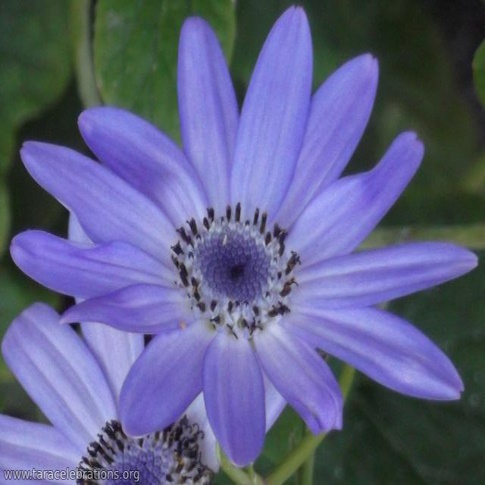 |
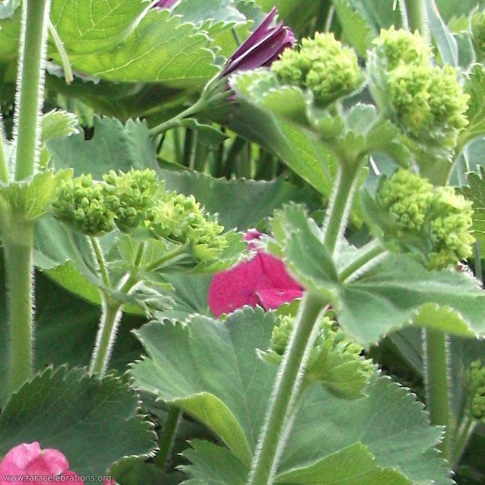 |
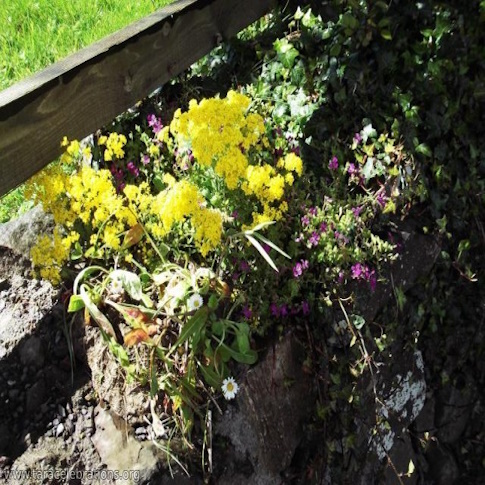 |
| 27th May - still and balmy, a subtle whitethorn scent filled the air. Determined, a worm tracked where the slug had journeyed last week. Cows came down to drink at the trough and we scratched at the midge bites wishing the swallows would swoop lower and scoop some up on their feeding forays. | 3 June - afternoon downpours guaranteed midges were out. They bounced above our heads and there were a few bites. In the calm and stillness we listened to new tweets and trills from the blackbirds, a lone gull flew overhead singing a strange song, and the ash tree is now in full leaf. | 10th June - pillow clouds curtained blue sky above us, a blessing of a sunny day after a week of rain. The grass, buttercups and daisies are abundant and the lady's mantle will be blooming next week. The tight green buds stand tall and strong. The well looks as if it flooded during all the rains, but is at a normal level now, watercress filling the stream bed as it flows down the hill. |
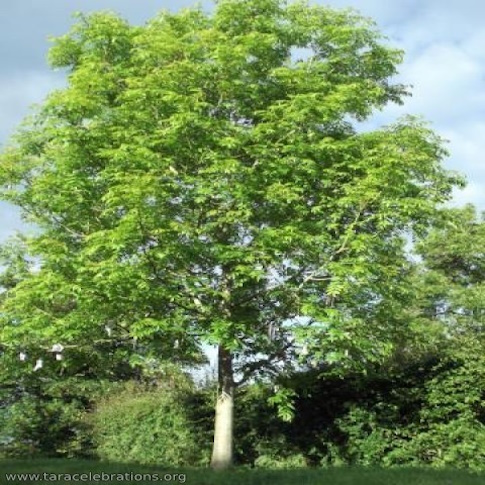 |
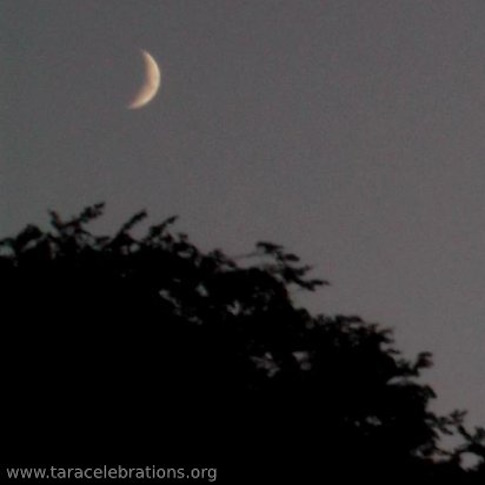 | |
17th June - whispy clouds spread feathers against a soft blue sky with circling planes going into Dublin Airport, close enough to almost see the passengers looking out of the windows. What a clear view they had of the Hill tonight. The birds were quiet but the well was singing an unusual song. With no visible movement of the water it was as if someone was turning a tap on and off, like a waterfall, filling a bowl of water. We would hear the flow then a sudden stop. 24th June - Midsummer day is warm with endless blue skies. No flies to bother us, the crows return to their night resting places and a distant pheasant calls. All is at peace, all calm, just a ripple of a breeze through the ash leaves. Our 8 sundays at the well are complete. We leave with the new moon low in the sky, announcing a new phase. | ||
Skimming the Well
"All for me, none for ye, I'll take the butter for the coming year."
I often heard of "Skimming the Well" on May morning. A person would go out at break of day on a May morning; she'd have a kind of an instrument, a vessel of timber, or a piece of a stick, and she'd skim the well towards her own direction, in the direction of her own house. While she'd be doing that she'd be saying some words working the charm, and she'd take all the butter belonging to her neighbour.
Wan morning a young man was coming home from a dance. Twas just about break of day on a May morning. On his way home he had to pass by a well. When he came near this well he heard a voice. He peeped in over a ditch and there he saw a woman who he knew very well and she skimming the well, and saying some strange words. He jumped up on the ditch and shouted down to her. "I'll take half of it" He was only joking of course. He didn't mean a bit by it. The woman got a terrible start and she never said one word but bundled up and off she went.
The next day the were churning at this man's house. They had only one or two cans, and they used only have enough of butter to do themselves. Any way this day when they were churned, the churn got so full that they couldn't move the dash. They were surprised at it of course, and they couldn't make out what was the cause of it. Then the boy thought of the woman skimming the well. He told his mother about it. The mother was very troubled over it and she went for the priest immediately. The priest came, and he prayed over it, and after that usual amount of butter every churning day.
Duchas Schools Project - Co. Wexford
Once a woman was skimming a well down in Drummond Co. Carlow. She said "all for me, all for me." A man
was passing hearing said "I cry half," and the next time he was churning he had an abundant supply of butter. Duchas - Kilkenny
There was once a priest in Urlingford and he kept a servant boy. One morning he sent him down to a well to bring in water. When he went down there was an old woman skimming the water with a rope. When she saw the priest's boy she ran away and left the rope behind her. Then he took the rope home and left it in a barrel. In a few days after he went to the barrel and it was flowing over with butter. Duchas - Skimming with a rope
The power was supposed to be got from the Evil One on May morning by skimming a well before the sun rose. There was a rhyme to be recited whilst the skimming was going on. Duchas Collection - Wexford
It is said that by getting up before sunrise on May morning and skimming the top off a spring well, situated under an old oak tree with a saucer and mentioning anyone you wish, you will have their cream for the coming year, their milk will having no cream. It is a curse on your neighbours and was used by the jealous and malignant. Duchas - Tipperary
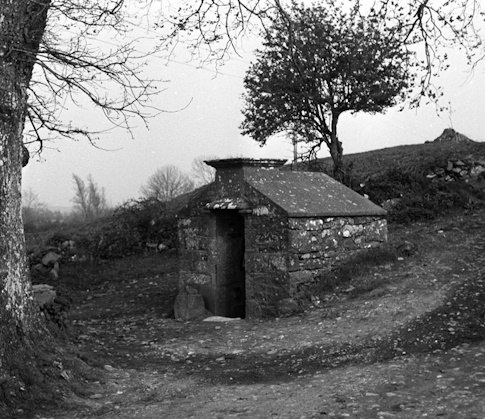 | 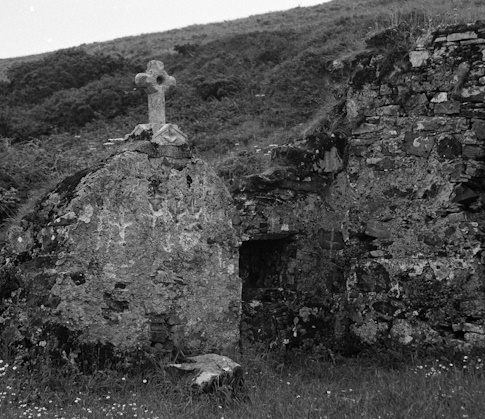 |
| S Patrick's Well, Co. Limerick | Holy Well, Ardmore, Waterford |
Pattern Days - Doing the rounds
A pattern - pátrún - in Ireland refers to the devotions that take place on the feast day of the patron saint of the parish. The well and it's water is deemed to be most potent at this time.
A popular form is to do 'the rounds' - an turas - a pilgrimage. These involve a walk in a set route around the holy well. It is always deiseal or clockwise, following the path of the sun. To go anticlockwise or tuathal was considered extremely unlucky and only used for mischief. Sometimes one round is all that is required but usually several rounds are necessary. Each well has their individual requirements. Some do the rounds on their knees and others may go barefoot.
The well is usually cleaned before the day of the Pattern.
| The numbers from (1) to (7) show the order in which the "rounds" are done. | 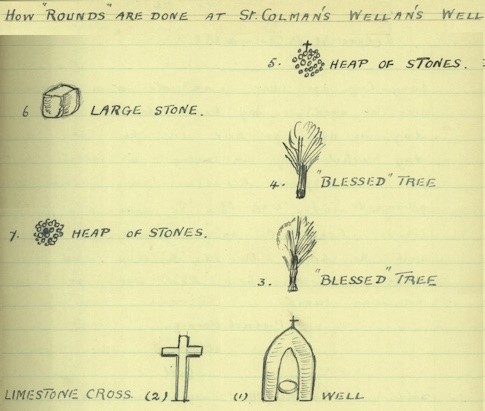 |
St Colman's well is situated in a little village called Corker, in the Parish of Kiltartan.
This holy well is surrounded by a little house, surmounted by a small cross. In the middle of this house is the well, and on many old trees around the well which are supposed to be holy and about thirty feet from the
well, is a small cross which marks where St. Colman was born. The "rounds" are done on his feast day, which is the 29th of October and the people of Kiltartan make a holiday of it always.
When the people go to the well the first thing they do is to go into the house where the well is and kneel down and pray. After some time they go out and begin to do the "rounds".
They walk round the well seven times repeating each time Our Father, One Hail Mary and one Gloria. Then they make the circuit of the limestone cross near the well five times, repeating at each round one our Father, one Hail Mary and one Gloria.
A short distance north east of the well are two trees which the people call blessed trees. The pilgrims go round those trees three times saying one our Father, one Hail Mary and one Gloria a few paces away is a heap of stones marked by a small cross where it is supposed St Colman was born. The pilgrim does the circuit of this three times repeating one our Father, one Hail Mary and one Gloria at each round.
East of this is a large stone where St Colman's mother is supposed to have rested when she felt tired. The pilgrims go round this stone three times, repeating as before one our Father, one Hail Mary and one Gloria.
The rounds are finished by a visit to the well where prayers are said on the spot where St Colman was baptized. Usually a bottle of the well water is brought home and rubbed to sore eyes and through the prayers of St
Colman these are very often cured.
At Lady’s Well near Bantry the
process is as follows:
Tis a very devout place. and there have been healings attached to it. The rounds are done here on the 15th August. The rounds then consisted of 15 decades of the Rosary, going up one side of the path by the altar and down and round the other. The tradition was to take 15 small pebbles and as you passed the well you dropped one in. You know you had the 15 decades finished when you dropped the last pebble in the well. When you threw in the 15th stone and said your Hail Holy Queen, if an eel that was in the well jumped up in the water, the main part of your wish would be given… (Sheep’s Head Way booklet)
Whilst paying the rounds pilgrims often inscribe crosses into
stations or particular stones. These are at St. Gobnait's Well, Co. Cork. Watch people doing the rounds in West Kerry - from the RTE archives
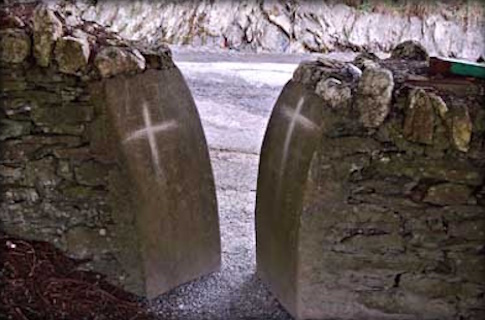 | 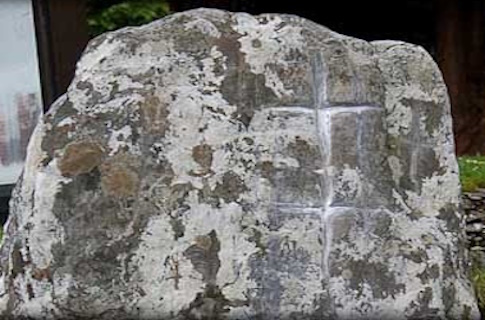 |
Votive Offerings
Since antiquity people have felt the need to leave something of themselves at a well. Archaeologists continually find metal objects such as pins, swords, coins or remains of feasts, food and drink or wooden carvings.
Votive comes from the Latin verb vovere,
‘to vow’, thus the object is assumed to be a physical symbol of a prayer, wish or intention. It may be an act of thanks to the saint or god / goddess of the holy well - toibreacha naofa (or toibreacha beannaithe -blessed well).
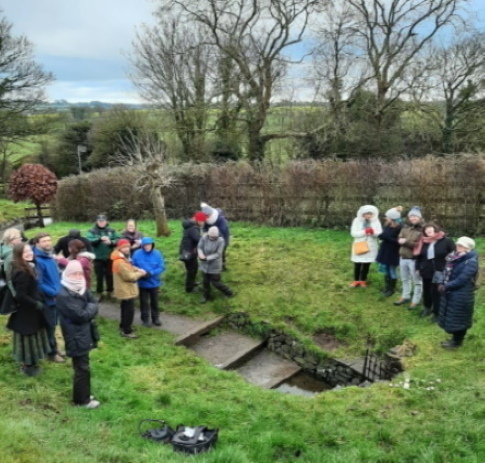 | 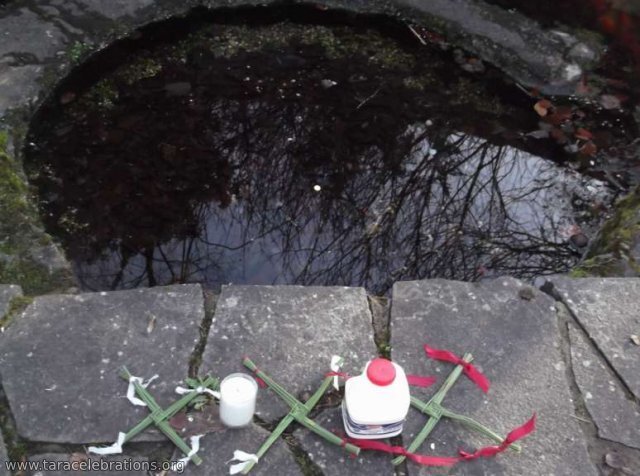 |
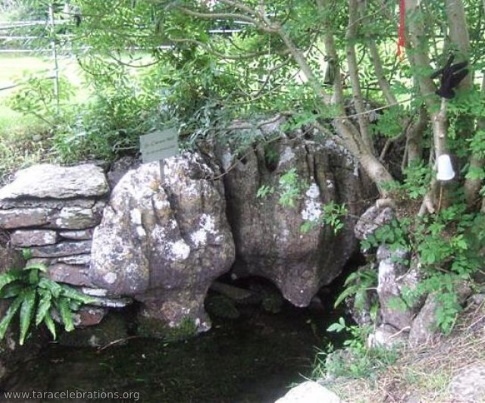 | 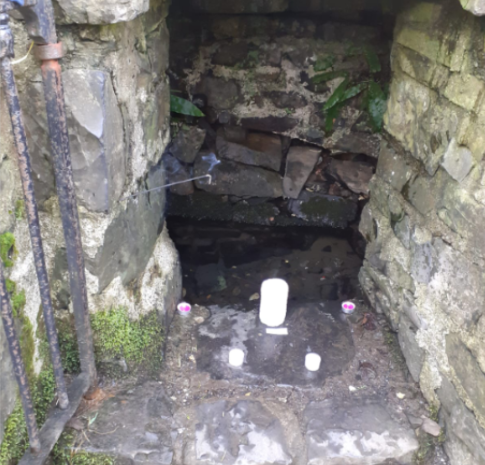 |
Water Celebration
As Master of Ceremonies there were items to be collected before the day, most importantly and central to the gathering being the 3 well waters. A friend and I went to Faughart and collected that first, then to Hill of Tara, but when we arrived at the third, St John's Well, Warrenstown, the gates were shut (very unusual) and we felt it would be intrusive to enter. Thus overnight I anguished over what was to be done - knowing it would all be ok, but still concerned that the main plan was now in need of change.
In hindsight consideration that the theme was abundance should have told me all was OK. At the event one person brought 3 (that number again!) year old water from St Brigids Well at Uisneach, and visitors brought water from Minnehaha Falls in Minneapolis, and a spring under a brewery in town. We had an abundance of water.... 2016 - get-together at St Kieran's Well
Feet close together, hands by side, palms facing behind, straighten arms up in front of you (palms will now be facing down), , bring arms back elbows bent, push arms out in front – palms forward (as if you are pushing open a door) and then bring arms back and then down by your side. Celebrating the Elements
It is sometimes said that once the well is in view a visitor should not look behind them, back to where they came from, until they have scooped the water from the well. Often the visit should also be made before sunset.
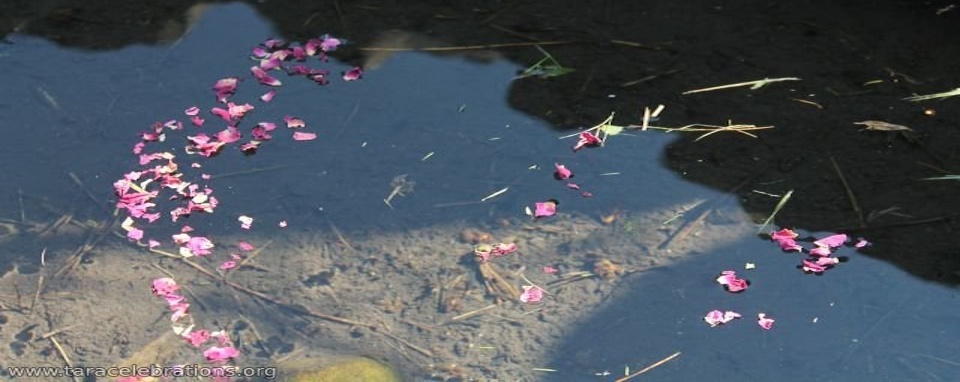
Singing at the Well
Ita O'Donovan from Clifden -
Ancient traditions hold that earth is sung into being, each single thing and there’s a naming. So came sound and before the word written came remembrance and its boundaries. Remembrance needed repetition so the singing could travel, pass from one to the other like sean-nós. Yet each singer was unique and each time added something new to the old and the true. Without the singing of a country, what is held is lost. When that happens it must be sung back, grandparent to child, child to grandchild. Search now for the tuning fork then listen, listen. Search in the unnamed and the sacred places. Search quickly. |
The sound of trickling water, robins chirping in the bushes, wind rustling the leaves, trees creaking, there are voices around the wells and, maybe, within the wells.
Inspired by Shamanic Dowsing article. Water Blessing for the Lelant Fairy Well written by Nathascha on 18 June 2016.
A beautiful sung water blessing was offered .... It was the kind of moment where you could shed a tear from sheer beauty. Before the blessing, the size of the energy field (aura) emanating from the well water was approx. 6 meter in diameter, after the song it had increased to approx. 24 meter in diameter. The amount of radials (like spokes of a wheel coming out a centre) that originated from the well's energy centre counted 26 radials before the gracious voice poured her blessing out and then increased to 64 radials after! What does this mean? Well, for one, we may conclude that our mindful intentions are influencing the land and unseen realms around us in a metaphysical way. Secondly, by blessing it, we not only increase the radiance and health of that particular piece of the land but we also step into a mutually beneficial relationship with it. And EVERYONE can do this.
You don't need a certificate, degree, money, authority, special skillsets or ownership of any kind. Every single one of us has already within themselves the capability to be a powerful enhancer of life. The only ingredient you need is your loving intent... and a date with nature. Deeply know that you have all the power within you to change the world.
Rag trees
At 'fairy' trees it was customary to tie a bio-degradable ribbon to a twig and through a process of sympathetic magic as the rag wore away so would the illness of the stricken person.
At some wells it is traditional to leave a piece of cloth on a blessed tree or rag tree. In some parts of the country these are known as 'clouties'. The cloth would traditionally be red or white. It was wiped on the afflicted area, the cloth hung in the tree and as it disintegrated it was believed so did the ailment.
A visit on the first three days of May is often recommended.
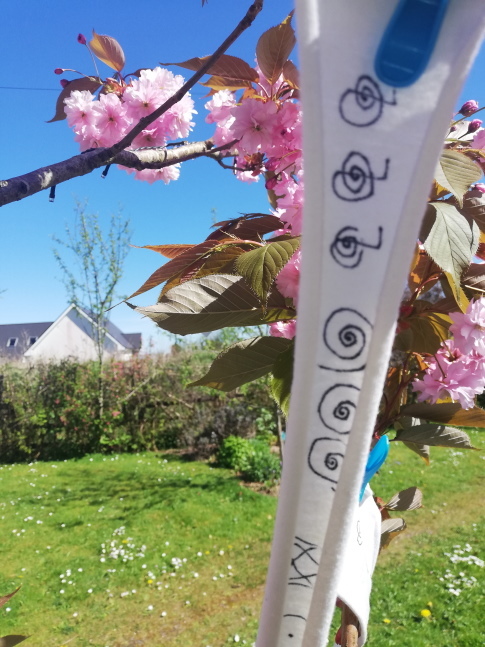
The old people had great faith in the well. They came very long journeys to it - some to be cured others just came to pray.
When they would have their prayers said they used drink some of the water, and they always carried a bottle of water home to put in cuts and so on. It is said if you saw a fish in the water you were sure to be cured. Everyone when going away left something,- a coloured rag or a copper. The tree that is over the well is fairly big and very old.
You could not boil the water of the well, nor burn the sticks off the ash tree. Duchas - a blessed well on the Buttevant Rd about 2 miles from Churchtown. It is called St. Brigid's Well, because she was seen there.
'Warts (Local Cure) - "Wartie Well" about 1.5 miles from Clonmellon on Oldcastle road on left as you approach Daly's public house, Killallon.
Three small whitethorn bushes overhang the well. A prayer (any prayer) is first said. A piece of rag is tied to the bush and a pin thrown at the bottom of the ash tree which is about a yard from the hedge. The well water is next rubbed to the wart. The rag must be part of your clothing. [Mrs Skelly, The Glebe, Clonmellon.]
St Gobnait is remembered for her care of the sick. In the church yard at Ballyvourney many discarded crutches show that people believed they were cured by Gobnait answering their prayers. Her well is still at Ballyvourney and is an attraction for pilgrims.
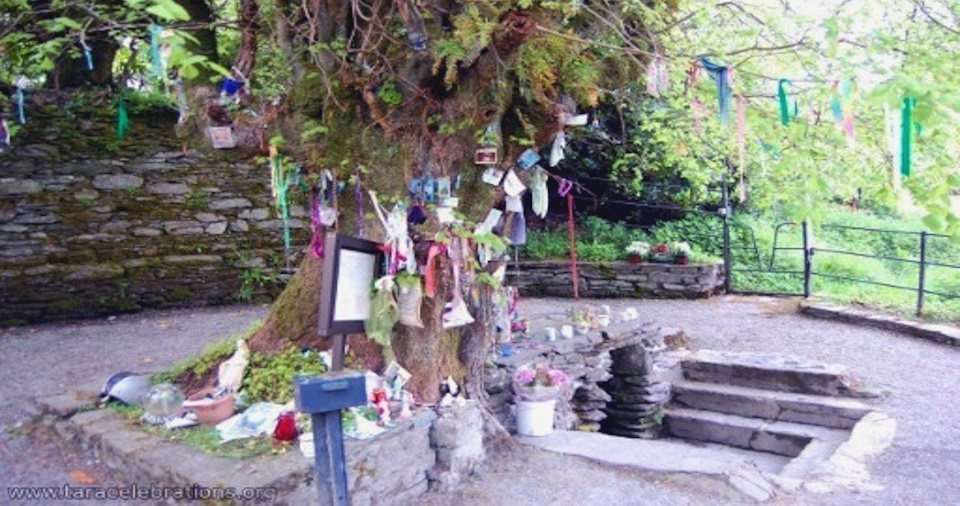
Divination
In Cornwall, at the Maddern Well, it is said that the first Thursday in May is the best time to consult the resident oracle. Drop in a pin and you will learn your fortune. The Legendary Lore of the Holy Wells of England
Borlase said : " To this miraculous fountain, the uneasy, the impatient, the fearful, the jealous, and the superstitious, resort to learn their future destiny from the unconscious water. By dropping pins or pebbles into the fountain, by shaking the ground around the spring, or by continuing to raise bubbles from the bottom, on certain lucky days, and when the moon is in a particular stage of increase or decrease, the secrets of the well are presumed to be extorted."
There are often a great number of pins in a well, thrown in by those who have visited it out of curiosity, or to avail
themselves of the virtues of its waters. A writer, anxious to know what meaning the peasantry attach to this strange custom, on asking a man at work near the spot, was told that it was done "to get the goodwill of the Piskies," who after the tribute of a pin not only ceased to mislead them, but rendered fortunate the operations
of husbandry.
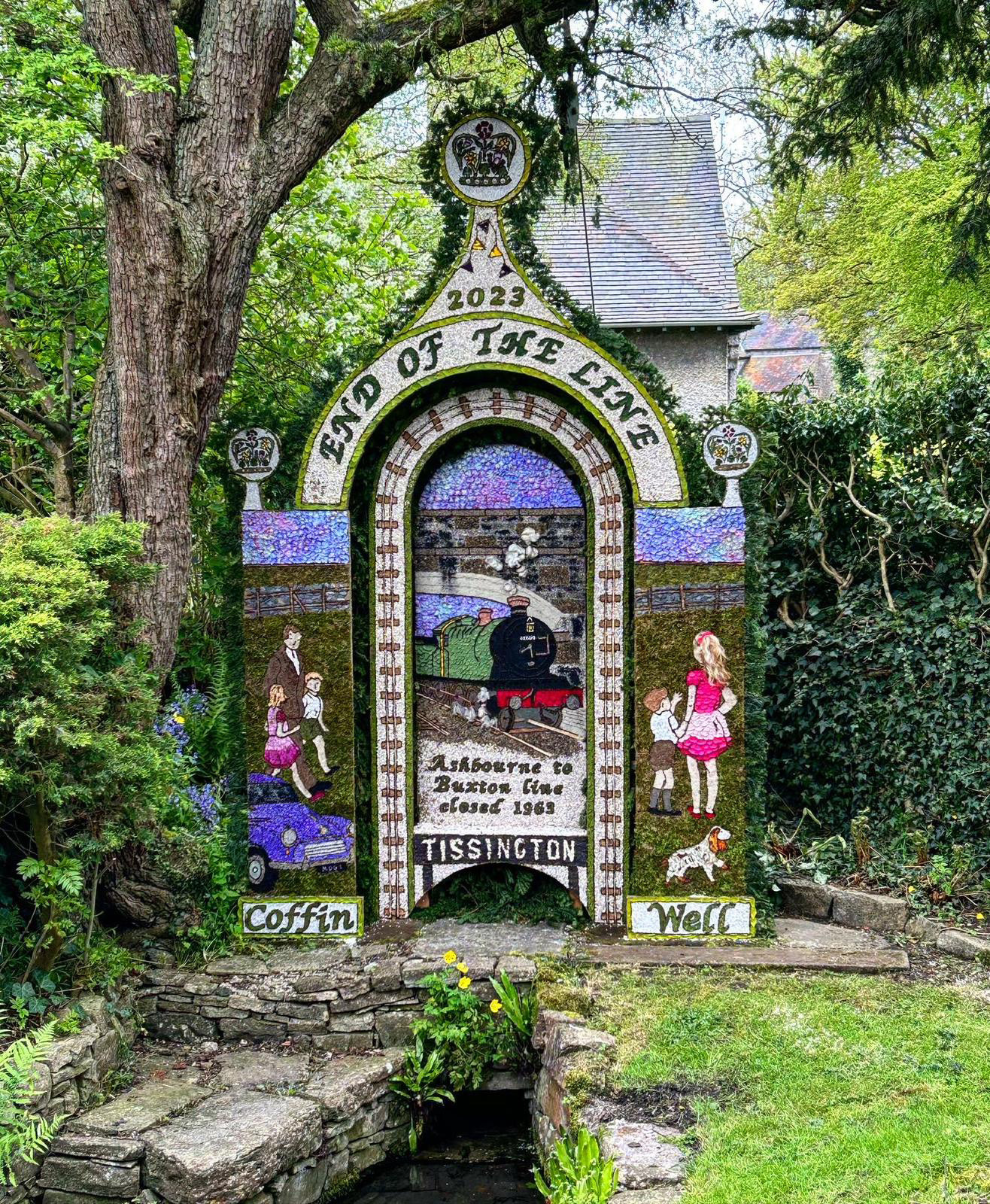 | 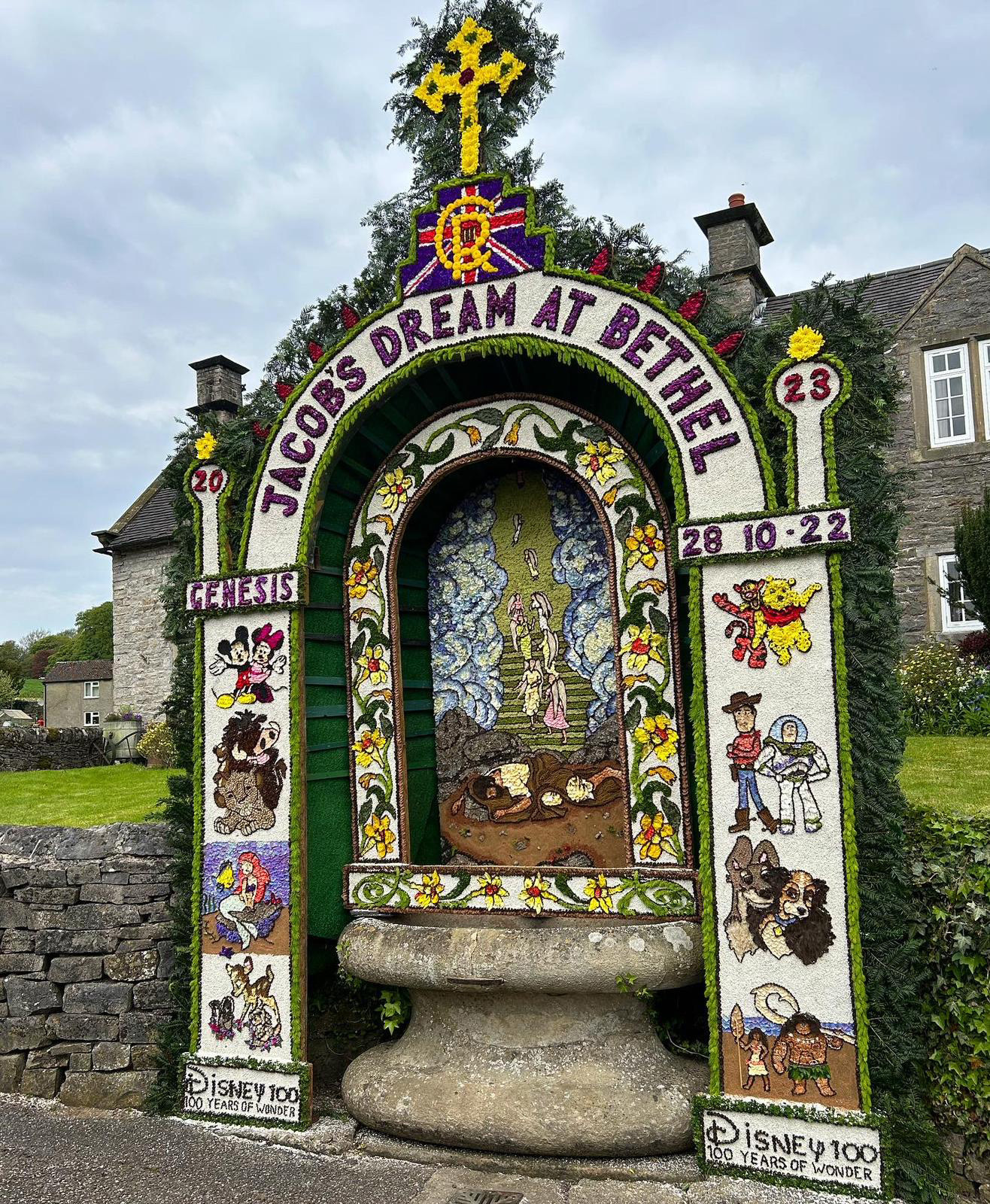 |
Well Dressing
Thought to date back to Roman and Celtic times communities would give thanks for fresh water supplies. The tradition continues today in many towns and villages between May and September each year. In Tissington, Derbyshire, it has been suggested that the well dressing started in thanksgiving to the village's escape from the Black Death, which the villagers attributed to the purity of its water.
Clay is dug locally and is mixed with salt and trod (like grapes!) to the right consistency. The design is prepared weeks before the event. For some days before the process of dressing begins, the boards on which the pictures are mounted are soaked in the village pond. After this they are plastered in clay. Flowers are picked locally. The picture is traced onto the boards, using a pointer or a toothed wheel, and marked out with cones from the alder trees or with coffee beans. Then comes the delicate and back-breaking task of infilling with flower petals and other natural materials. Each petal has to be put in separately and they overlap like tiles on a roof so that the rain will flow off the picture.
The Legendary Lore of the Holy Wells of England
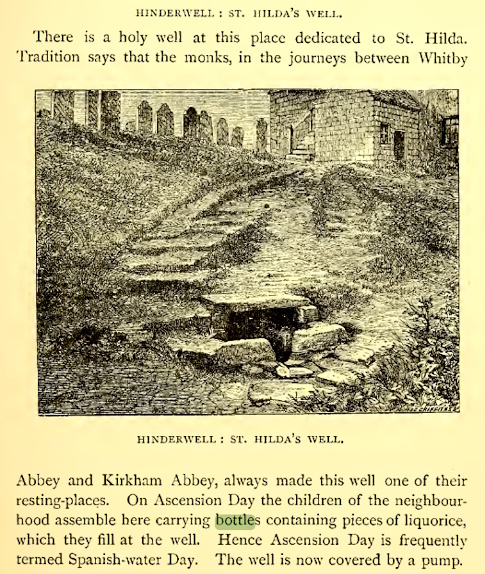
Sugar Cupping and Shaking Bottles
Dropping Well, Tideswell, Derbyshire, England - Sugar-cupping is another ancient custom which survives here. On Easter Day young people and children go to the Dropping Well, near Tideswell, with a cup in one pocket and a quarter of a pound of sugar [? honey] in the other, and having caught in their cups as much water as they wished from the droppings of the Tor spring, they dissolved the sugar in it, and drank it. —Glover, Histojy of Derbyshire, 8vo., vol. i. 307.
There are many local traditions of people visiting a well - especially either on 1st May or at the Feast of the Assumption in August - and filling bottles with the water, sweetened with licorice or sugar.
The remnant of the great past appeared in the middle of this century amongst the children in the custom of
" shaking bottles " over the well with certain incantations, hence the day was called " shaking bottle Sunday." It was supposed that these customs were fostered by the celebrated hermit who dwelt in these caves, and was the object of reverence throughout the district. Legendary Lore of the Holy Wells - Penrith, Cumberland, England
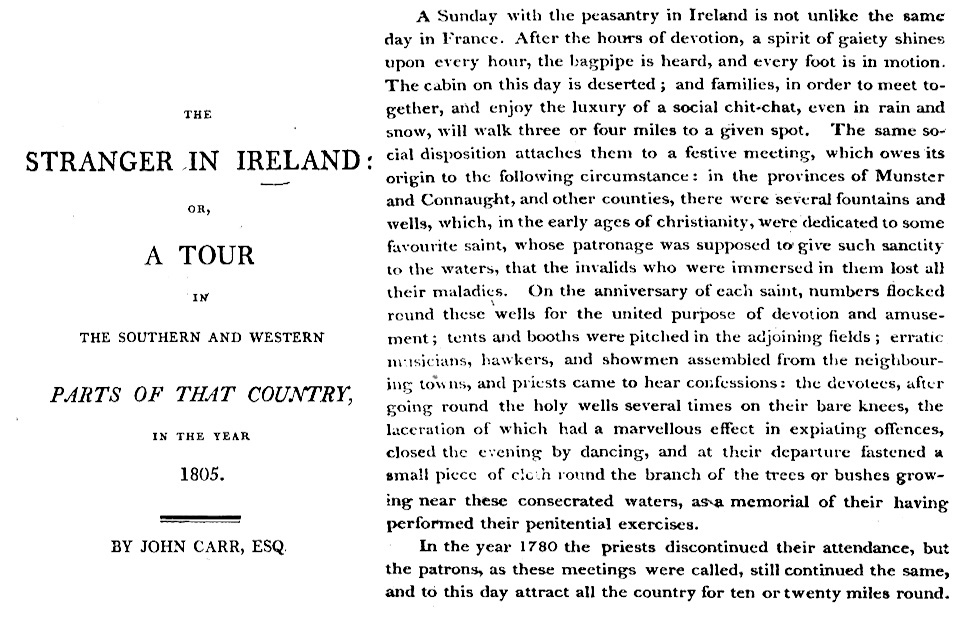
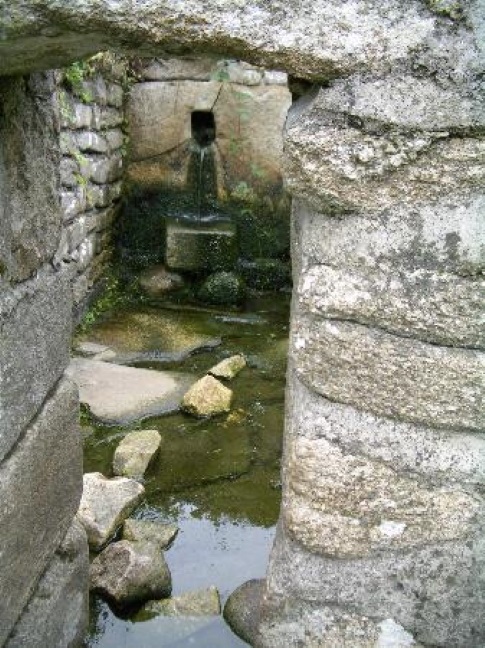 | 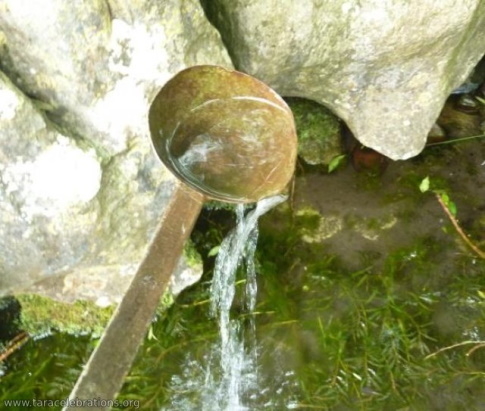 |
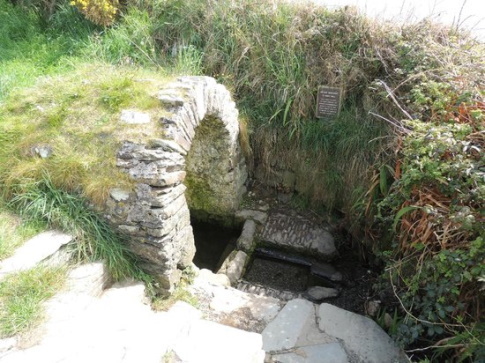 | 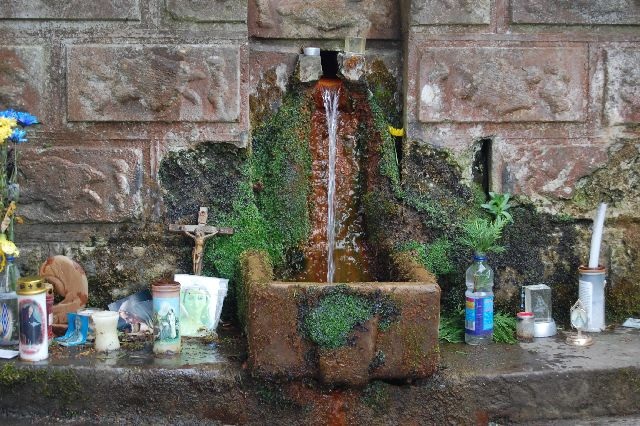 |





